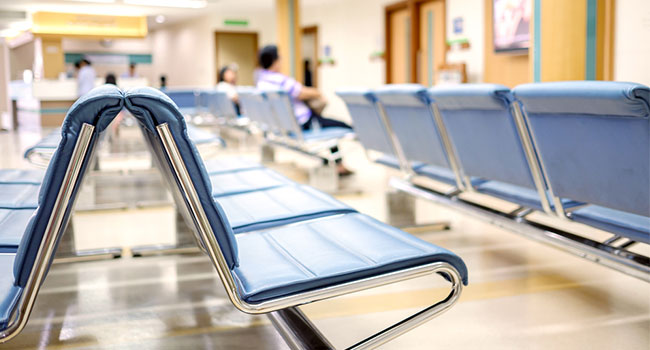
Florida Healthcare System Launches New Security Protocols
Florida hospitals install new security protocols aimed at visitor management.
- By Sydny Shepard
- May 09, 2018
A system of healthcare facilities are focusing on visitor management in a series of new security protocols added this week.
Patients, employees and the public can now feel a little safer in hospitals operated by NCH Healthcare System with the launch of new security measures focused on keeping track of those who enter the facilities.
All visitors must present a driver's license or identification card with a photograph in the lobby to be issues a visitor badge, the director of security John Griffith said. For those who don't have an ID card with a photo, the hospital has a camera set up to take the individual's photo for issuing a temporary hospital pass.
Visitors can only gain access at the main entrances of the hospitals or in the emergency room. Getting the temporary hospital pass only takes about 20 seconds.
The hospital has had cameras and security officers for years, but says the new visitor management system is the next step in boosting security.
"This gives us an opportunity to have a little face-to-face time with everyone," Griffith said.
Dr. Allen Weiss, president and chief executive officer of NCH, said adding the new security protocols has been in the works for a while.
"Life is changing," Weiss said. "Our public schools have a system that is similar to what we've implemented. We just wanted to be a little more proactive in our approach with who is in our buildings."
About the Author
Sydny Shepard is the Executive Editor of Campus Security & Life Safety.